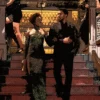[dropcap]I[/dropcap]n the first installment of the Culture of Comics series, the focus primarily explored comic book’s modern-day behemoth-like entertainment industry dominance. While it is true that pop culture seems to have an unquenchable thirst for soaking up mainstream comic book content like a sponge, it is arguable that the best stories coming out in comics today are flying well below most people’s radar; these are the books that explore subcultures.
From musical history to regional identity, LGBTQ, and race, these stories are many times bold, raw and unapologetic, as they are not tethered to the same rules governing comics designed for mass consumption. The makers of these books know their audience, and in so, handcraft works meant to give said audience a more satisfying experience. This is because these stories are niche. The reader knows that the product they hold in their hand was made by a creator who gets “it,” and as comic sales have shown, this formula makes for very loyal fan bases.
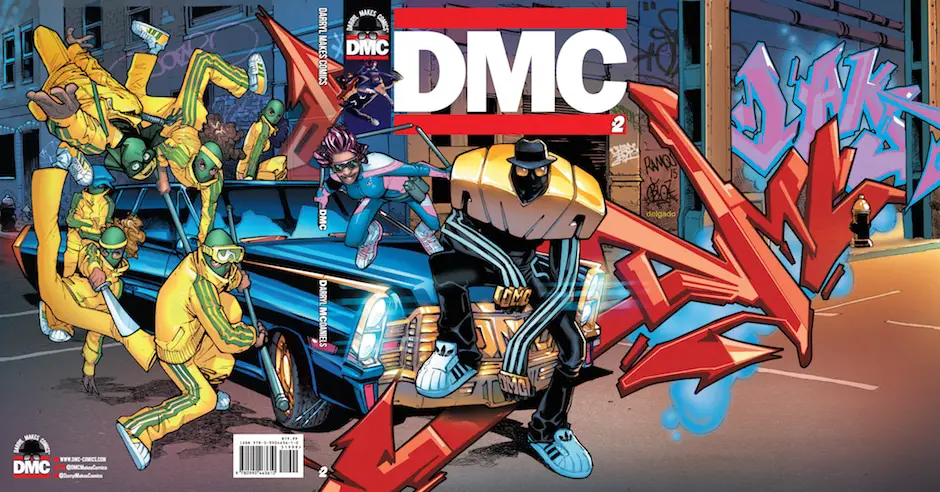
Hip-Hop Culture
No book better illustrates the potential of subculture in comics than the graphic novel series, DMC. Created by legendary musician and rapper, Darryl “DMC” McDaniels (yes, the founding member of Run DMC) and released on his own label, Darryl Makes Comics; this series oozes cool. A story which focuses on an Adidas clad hero defending marginalized sectors of society, the book fuses classic b-boy concepts and imagery with world-class illustration and writing. The result is nothing short of a modern masterwork.
…the pacing, and sheer amount hip-hop knowledge unleashed in Piskor’s series is jaw-dropping.
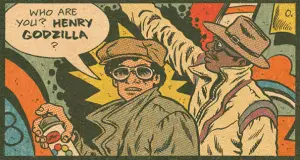
In the same vein, there is the breakout hit, Hip Hop Family Tree, created and written by Ed Piskor. This series, released on Fantagraphics, didn’t just catch fans off guard for its creativity and flair but is also possibly one of the most thorough examinations of hip-hop history ever assembled. Made to replicate classic comic illustration of the 70’s and 80’s, and with a similarly dated storytelling feel, the pacing, and sheer amount hip-hop knowledge unleashed in Piskor’s series is jaw-dropping.
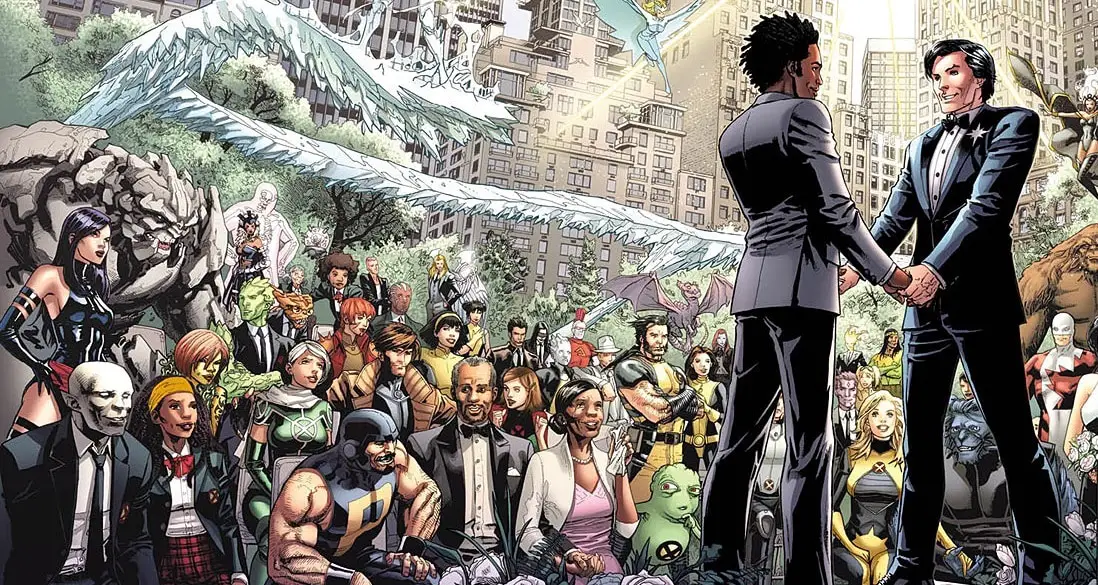
Sex, Identity and Civil Rights
Considering our modern-day political climate, with its dehumanizing and divisive exclusionary rhetoric, it is no wonder why comics featuring stories related to the frustration surrounding sexual equality, identity, and race, have become so popular. It’s safe to say that no matter which way you look these days, people are mad as hell, and that also goes for the characters of Image Comics’, Bitch Planet.
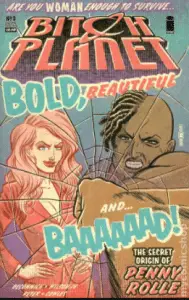 Written by famed feminist comic writer, Kelly Sue DeConnick, the story surrounds a group of female prisoners sent to a sci-fi prison planet, many for unjust reasons. Taking notes from the style and ultra-violence of 70’s Grindhouse cinema, Bitch Planet exemplifies the rage many feel towards systematic oppression while also offering characters who embody feminist, gay, and minority empowerment.
Written by famed feminist comic writer, Kelly Sue DeConnick, the story surrounds a group of female prisoners sent to a sci-fi prison planet, many for unjust reasons. Taking notes from the style and ultra-violence of 70’s Grindhouse cinema, Bitch Planet exemplifies the rage many feel towards systematic oppression while also offering characters who embody feminist, gay, and minority empowerment.
Taking notes from the style and ultra-violence of 70’s Grindhouse cinema, Bitch Planet exemplifies the rage many feel towards systematic oppression…
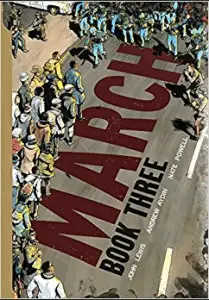
For those whose tastes are, let’s say, more grounded, there is the graphic novel trilogy, March. This number one New York Times Best Seller, and first graphic novel to win the prestigious, National Book Award, recalls the events surrounding the extraordinary life of African-American Congressman, John Lewis (who is also the series’ writer) from his younger days in segregated Alabama to the eventual 1963 March on Washington. Beautifully illustrated and rich with inspiration and perspective, this one-of-a-kind series encapsulates the indomitable strength and resilience of the human spirit.

Rural Life
This may come as a surprise, but some of the most intriguing, sincere, and downright gnarly comics out today are set in locations most city folks would jokingly refer to as “the sticks,” and involve character types that one could stereotype as redneck or hillbilly. If you think about it, this rising trend, with books such as Dark Horse’s Harrow County, and Image Comics’ Redneck, makes perfect sense. The furthest we need to look to exemplify this point is The Walking Dead’s crossbow clad motorcycle bad boy, Daryl Dixon. There are no two ways about it, Darryl is hugely popular, maybe the most popular character on the series, and I’ll tell you why. Daryl is tough as nails, he’s loyal to the end, he can live off the land, and he’s quiet and calculated, these are precisely the same elements making rural life comics so popular.
This Walking Tall influenced rural noir is one of the most visually stunning and bone-crushingly brilliant books currently on the market.
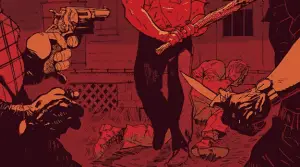
One of the comic series that helped usher in this trend’s popularity is the Eisner nominated, Southern Bastards. Written by Jason Aaron and also out on Image Comics, the series was recently picked up for television by FX. This Walking Tall influenced rural noir is one of the most visually stunning and bone-crushingly brilliant books currently on the market. Hovering in territory some might call “trailer porn,” the book doesn’t do any favors in the fight to change the negative perception of impoverished backwoods areas of the United States. Then again, that’s not Aaron’s goal. In Southern Bastards, the point is the utilization of rural concepts like isolation, misplaced aggression, and perseverance, to an impressively gothic effect. The book might not score any points for reinforcing societal stigmas, but it’s undeniable that the way in which Aaron uses these elements makes for one kick-ass series.


